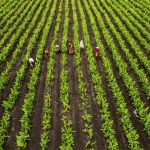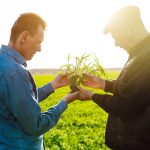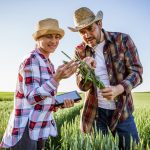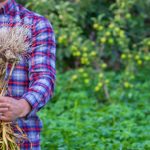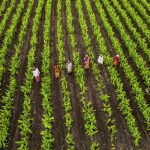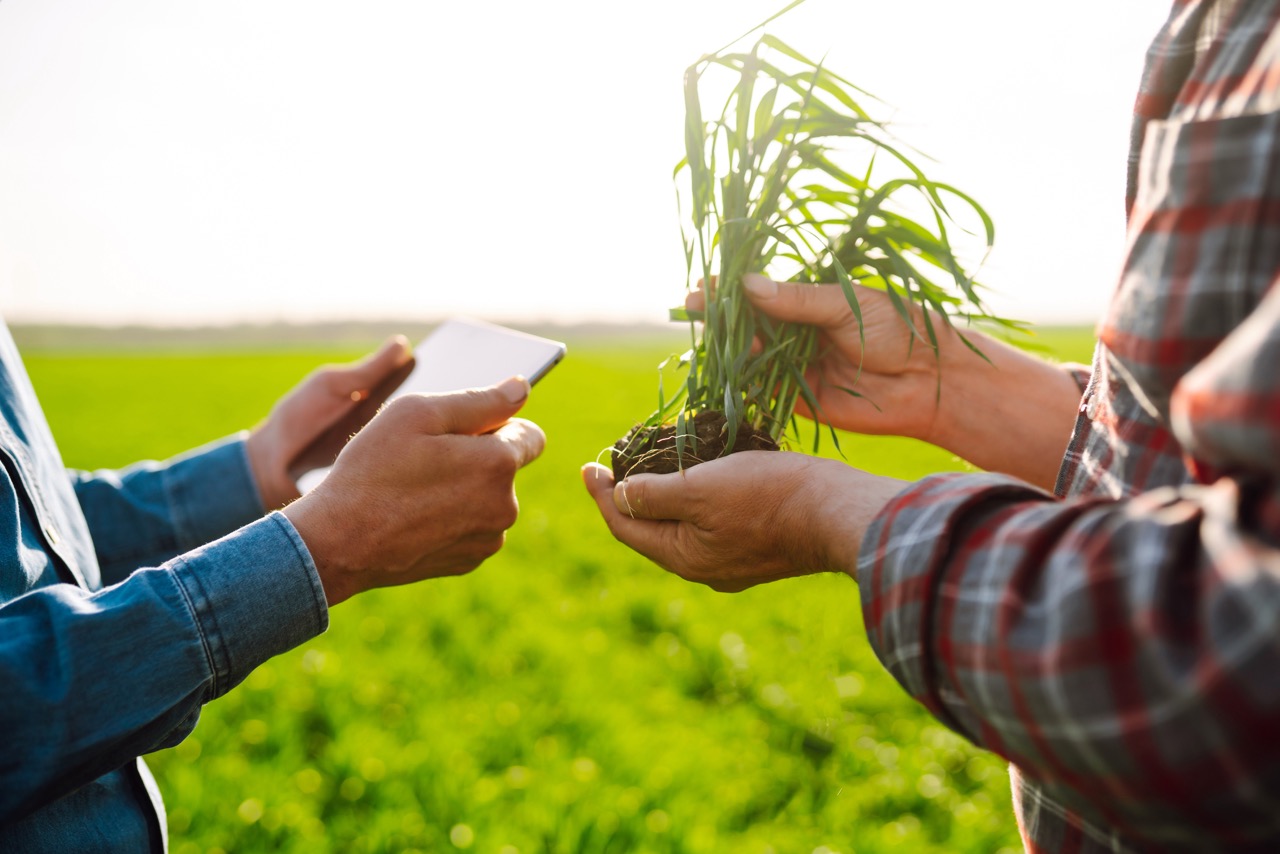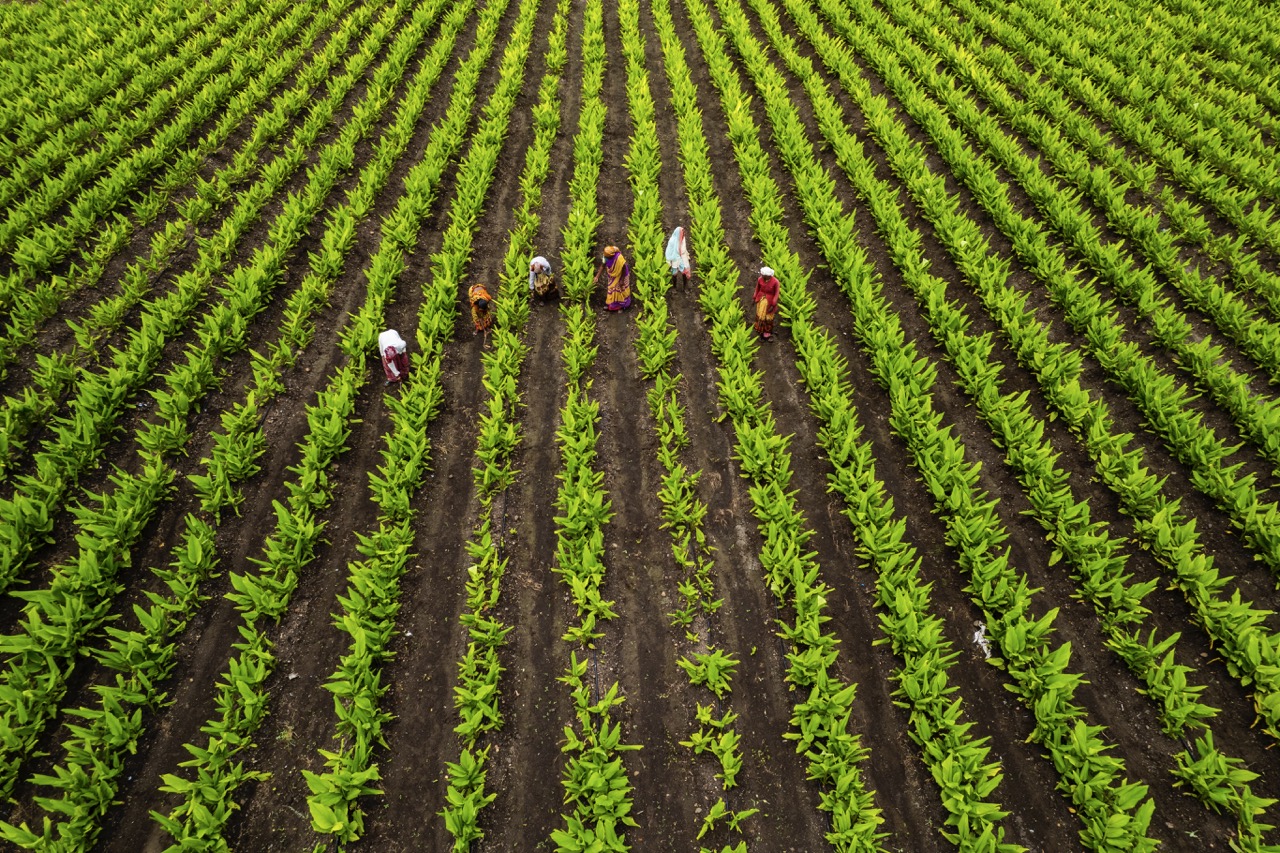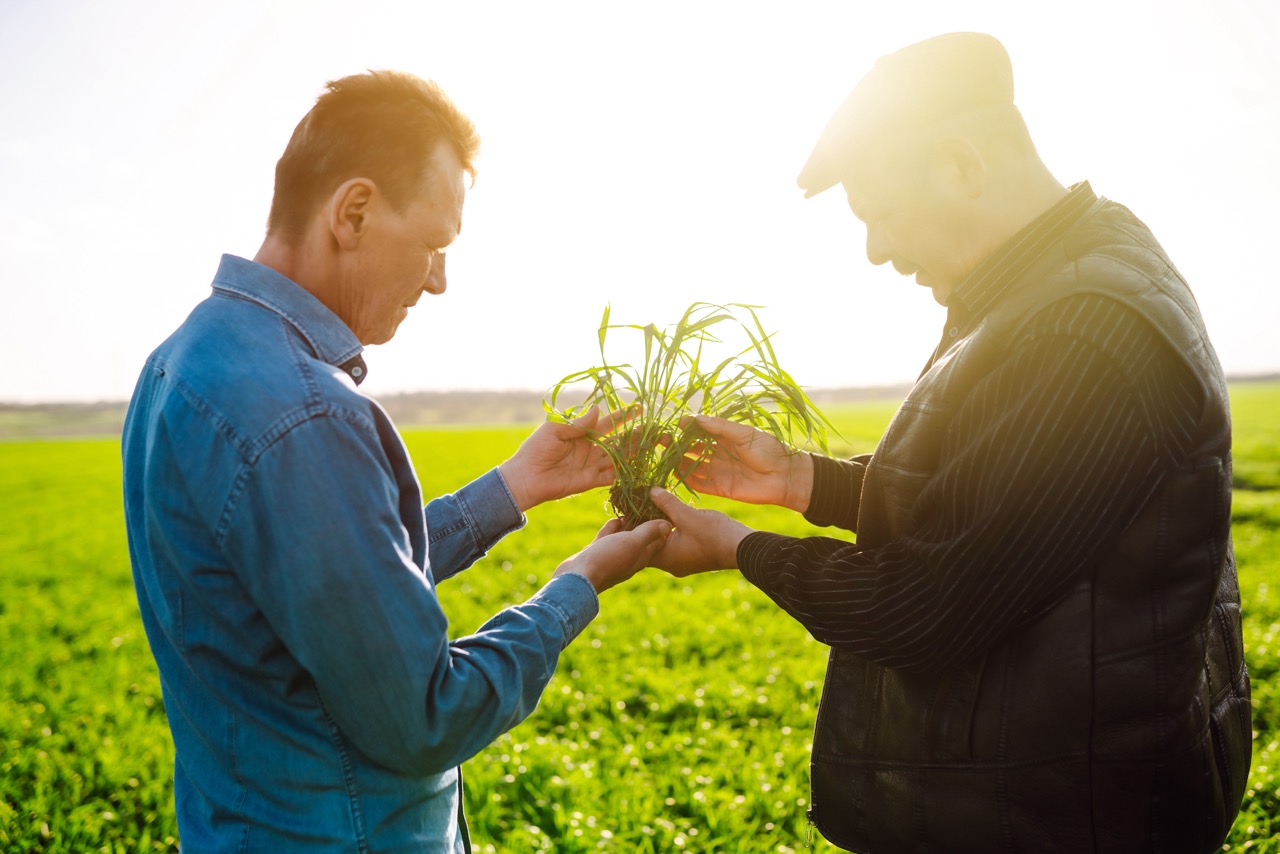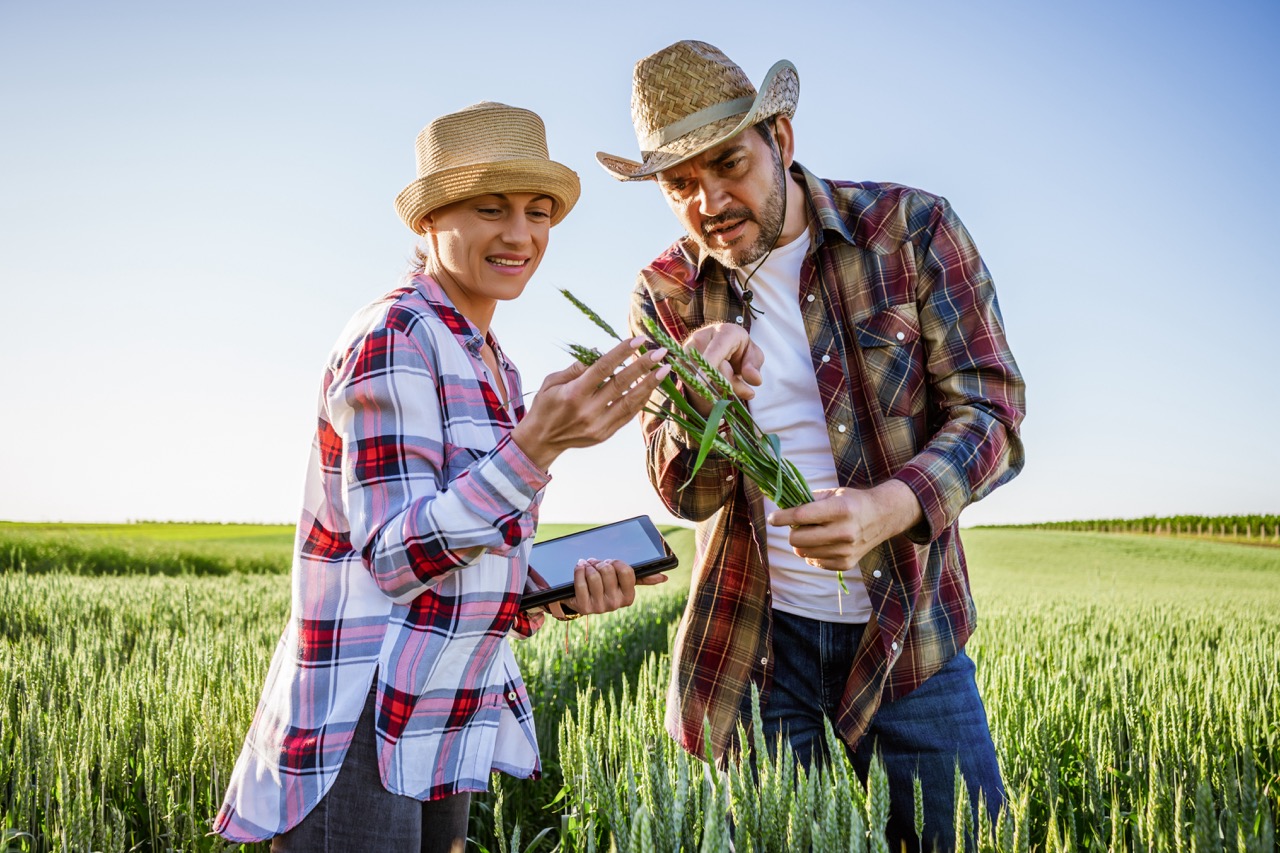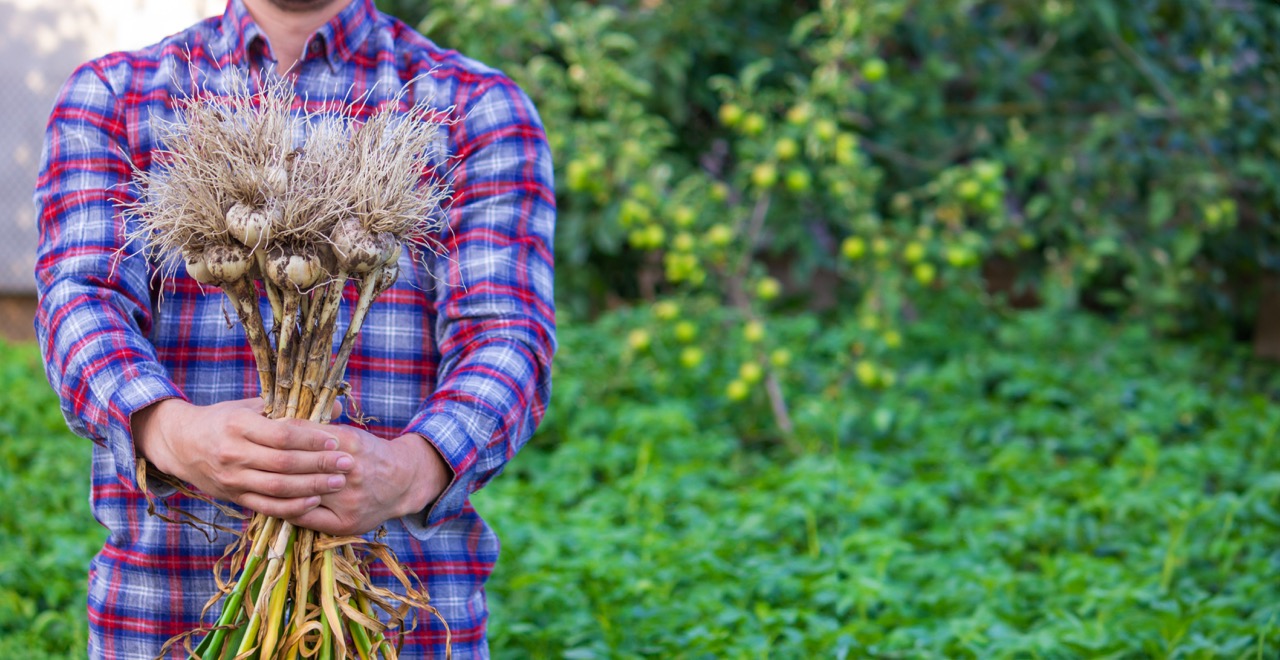In today’s world, where sustainability and local food systems are garnering increasing attention, sharecropping emerges as a viable model to enhance the accessibility and consumption of local and seasonal produce. Traditionally seen as a system of agricultural production where landowners lease their land to farmers in exchange for a share of the crop, sharecropping has evolved into a contemporary solution that can benefit both farmers and consumers alike. This article delves into the intricacies of sharecropping, its advantages for local produce, fostering community connections, and practical steps for implementation.
Understanding Sharecropping: A Sustainable Farming Model
Sharecropping is a time-honored practice that allows individuals to cultivate land they do not own, facilitating access to agricultural resources without the burden of land ownership costs. This model promotes sustainability by enabling farmers to grow crops that are well-suited to the local environment, thereby reducing transportation emissions associated with importing food from distant regions. Additionally, sharecropping encourages the cultivation of diverse crops, which can lead to improved soil health and biodiversity.
Modern adaptations of the sharecropping model often incorporate community-supported agriculture (CSA) principles, where consumers directly engage with local farms. This relationship fosters a sense of responsibility among consumers, encouraging them to support local economies and invest in the land that produces their food. By breaking down barriers between landowners and farmers, sharecropping can create a more equitable agricultural system that prioritizes sustainability and ethical food production.
Moreover, sharecropping can serve as an educational platform for aspiring farmers. Those interested in sustainable agriculture can gain hands-on experience and knowledge from seasoned farmers, creating a new generation of agriculturalists who are committed to local food systems. This transfer of knowledge is crucial for promoting innovative practices that align with environmental stewardship and community well-being.
Benefits of Sharecropping for Local Produce Accessibility
One of the primary benefits of sharecropping is the increased accessibility of local and seasonal produce. By allowing farmers to work land without the financial burdens of ownership, sharecropping can empower individuals to cultivate crops that are in demand locally, increasing the supply of fresh produce available in communities. This model not only supports local economies but also reduces food miles, contributing to a lower carbon footprint.
Additionally, sharecropping enables the production of diverse crops that reflect the seasonal availability in a specific region. This promotes a natural rhythm of consumption aligned with local harvests, encouraging consumers to eat seasonally and thereby reducing reliance on out-of-season imports. As a result, communities can enjoy fresher, tastier, and nutrient-dense produce while also supporting the livelihoods of local farmers.
Moreover, sharecropping can enhance food security in local communities. By diversifying the types of produce grown and providing access to fresh ingredients, sharecropping initiatives can help combat food deserts and ensure that residents have reliable access to healthy food options. This not only benefits individual health but also strengthens community resilience against economic fluctuations and supply chain disruptions.
Building Community Through Seasonal Produce Partnerships
Sharecropping fosters a sense of community by encouraging collaboration among local stakeholders. Farmers, landowners, and consumers can work together to establish partnerships that prioritize the cultivation and distribution of seasonal produce. These collaborations can lead to community events, such as farmers’ markets or harvest festivals, which celebrate local agricultural efforts and connect consumers directly with the source of their food.
Furthermore, seasonal produce partnerships can facilitate educational initiatives that teach community members about the benefits of eating locally. Workshops focused on cooking with seasonal ingredients, sustainable gardening practices, or even farm tours can create a deeper appreciation for local agriculture. These educational experiences not only empower consumers to make informed choices but also build a stronger sense of community identity rooted in shared agricultural practices.
The social dimensions of sharecropping can also lead to the establishment of cooperative business models in which multiple parties share resources and profits. By pooling their knowledge and skills, these partnerships can enhance the viability of local farms and create a network of support that fosters innovation and resilience. This collaborative spirit can transform local agricultural landscapes into thriving ecosystems that prioritize community well-being.
Steps to Implement Sharecropping in Your Local Area
To successfully implement sharecropping in your local area, the first step is to assess the available land and identify potential landowners who may be interested in participating in a sharecropping arrangement. Engaging with local agricultural organizations and community groups can help facilitate discussions and highlight the benefits of such partnerships. It is essential to establish a mutual understanding of expectations, responsibilities, and profit-sharing agreements to ensure a successful collaboration.
Next, interested parties should conduct a needs assessment to determine which crops would best suit the local climate and community preferences. This data-driven approach can guide decisions on crop selection, ensuring that seasonal produce aligns with consumer demand. Collaborating with agricultural extension services or local universities can provide valuable insights and support for crop planning and sustainable farming practices.
Finally, fostering a strong community connection is crucial for the long-term success of sharecropping initiatives. Implementing outreach programs, such as workshops and events, can raise awareness about the benefits of local and seasonal produce while encouraging community members to support local farmers. Continuous engagement with the community will not only strengthen these partnerships but also help cultivate a culture of sustainability and appreciation for local food systems.
Sharecropping offers a compelling model for promoting local and seasonal produce, creating pathways for sustainable agriculture that benefit both farmers and consumers. By fostering collaboration and community engagement, this agricultural practice can enhance food accessibility while building vital relationships within local economies. As communities seek innovative solutions to food security and environmental sustainability, sharecropping stands out as a promising avenue to revitalize local food systems and celebrate the bounty of seasonal agriculture.
